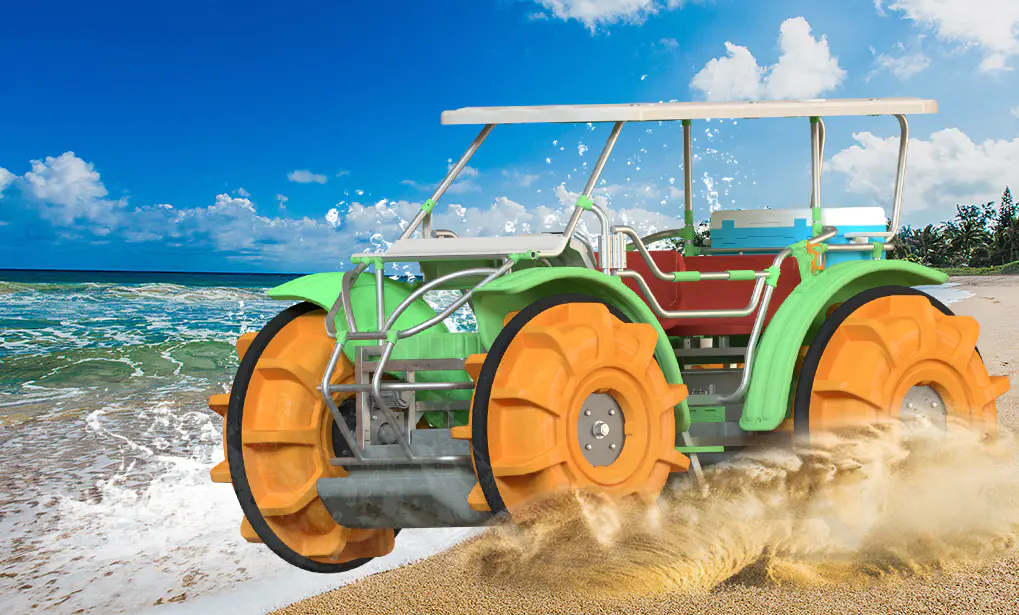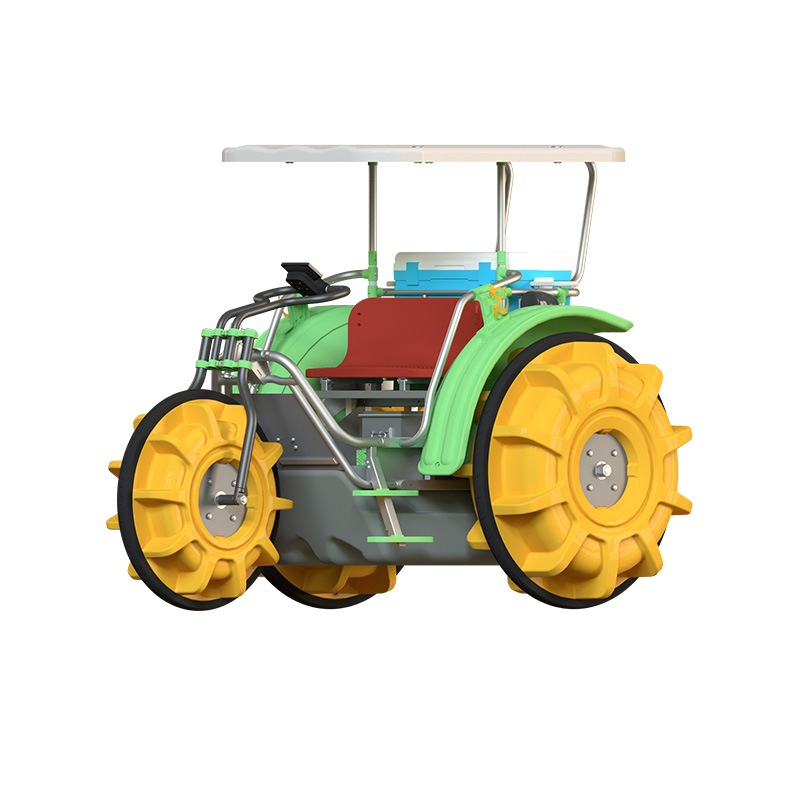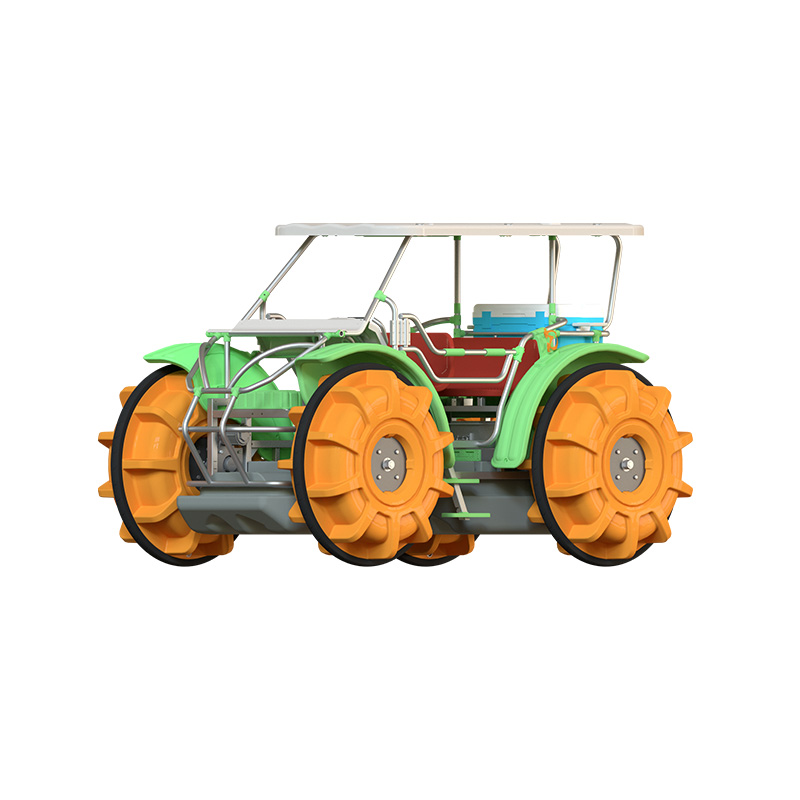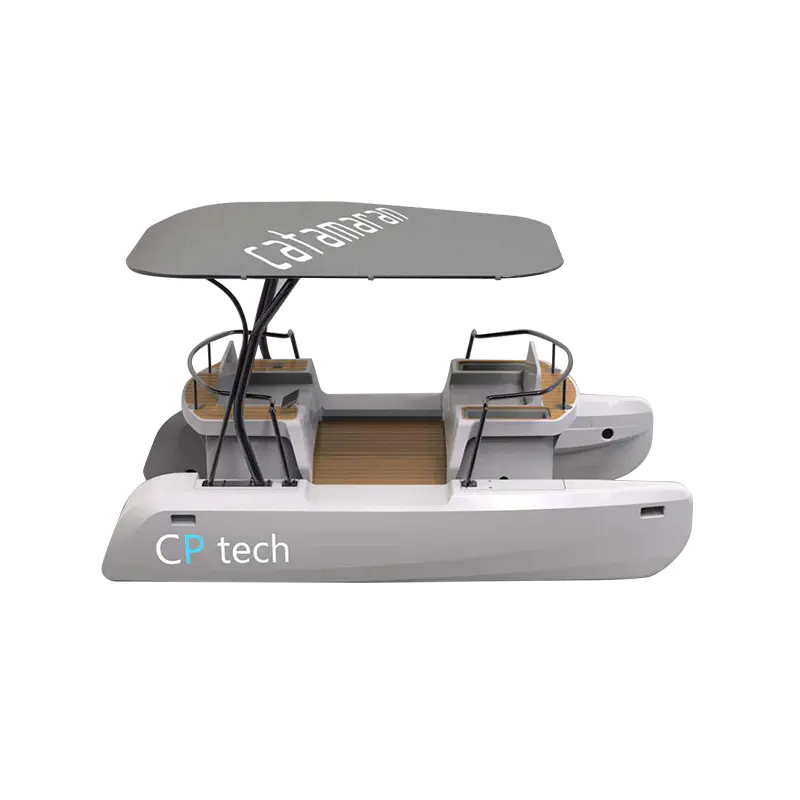4-Person Off-Road Utility Vehicle: Key Elements and Considerations
2025-04-18
The 4-person off-road utility vehicle has become a popular choice for individuals and businesses who require a durable, versatile, and high-performing vehicle capable of handling rough terrains. Whether used for recreational purposes, farming, hunting, or industrial tasks, these utility vehicles offer a blend of rugged performance and comfort. However, designing a 4-person off-road utility vehicle is a multifaceted process that requires careful consideration of several key factors, including safety, durability, comfort, and functionality.

Before delving into the design specifics, it's important to understand the primary reason for the popularity of the 4-person off-road utility vehicle. These vehicles offer ample space for up to four passengers, making them an ideal option for families, work teams, or those who require additional seating capacity for transportation. The combination of off-road capabilities and passenger capacity ensures that the 4-person off-road utility vehicle is versatile enough to be used in various conditions, including difficult terrains like sand dunes, rocky trails, or muddy paths.
Given the increasing demand for these vehicles, manufacturers are continuously working to refine the design and enhance the overall user experience. This involves balancing power, comfort, safety, and utility in a compact yet robust package.
One of the key elements in the design of a 4-person off-road utility vehicle is the chassis and frame. The frame needs to be strong enough to handle the stresses of off-road driving while remaining lightweight for performance. Typically, a steel or aluminum alloy frame is chosen for its durability, resistance to rust, and ability to withstand the rigors of off-road terrain.
The design of the 4-person off-road utility vehicle's frame should take into account the vehicle's intended use. For instance, a vehicle designed for commercial use, such as in construction or agriculture, may require a sturdier, more robust frame capable of handling heavy loads and rough terrain for extended periods. In contrast, a recreational model might focus more on maneuverability and comfort, with a frame designed for lighter use but still strong enough to ensure passenger safety.
The suspension system is crucial in the design of a 4-person off-road utility vehicle, as it directly affects both comfort and stability. A well-designed suspension system helps the vehicle navigate uneven terrain smoothly, absorbing shocks and bumps that could otherwise jolt passengers or damage the vehicle's undercarriage.
For a 4-person off-road utility vehicle, an independent suspension system is often favored. This system allows each wheel to move independently, providing better traction and comfort on rough terrain. It also ensures that the vehicle remains stable, even when carrying a full load of passengers. Additionally, the suspension system should be adjustable to accommodate different weights and terrain types, further enhancing the vehicle's versatility.
The powertrain is another critical aspect of the design of a 4-person off-road utility vehicle. These vehicles need powerful engines that can tackle difficult terrain, whether it's steep inclines, loose gravel, or deep mud. Many off-road utility vehicles use either gasoline engines or electric motors, each with its own advantages.
Gasoline-powered 4-person off-road utility vehicles typically feature engines ranging from 500cc to 1,000cc, depending on the desired performance level. These engines are known for their high power output and the ability to maintain speed and power over long distances, making them ideal for more demanding off-road tasks.
Electric-powered versions, on the other hand, are becoming increasingly popular for their quiet operation, low maintenance, and zero emissions. The design of the powertrain for electric 4-person off-road utility vehicles focuses on battery efficiency and power delivery while ensuring that the vehicle can handle a range of terrains. Many modern electric utility vehicles incorporate regenerative braking systems, which help recharge the battery while driving.

 English
English  русский
русский  عربى
عربى 









